AO Edited
Mission San Antonio de Padua
This mission, established in 1771, is the most remote of California’s Franciscan missions.
Stepping on the grounds of the Mission San Antonio de Padua in Jolon, California, might be as close to a time machine as today’s technology allows. Founded in 1771, the mission remains nearly unchanged from its early days. This is largely due to its remote location. It was tucked away from the beginning—nestled in the San Antonio River valley in the shadow of the Santa Lucia Mountains—and no town ever formed around it as was generally what happened with other missions. Today it’s about 30 miles from the closest town, making it the most remote of the 21 Franciscan missions in California.
Though the mission was in use until the late 1800s, by World War II the building was out of use and in disrepair. Renovations in the 1950s opened the building to visitors again, and as High Country News reports, “They could see the simple wooden pews that still filled the church and, outside, the stones once used to grind grain, and then wander through the Spanish-style garden with its large gray fountain, rose bushes and lemon trees that glowed in the California sun.”
Today the mission is an active Catholic parish, and the grounds include a museum with mission-period and Native American items, honoring the region’s first inhabitants. It contains a music book written by Padre Juan Sancho, who arrived in 1804 and taught music, and a collection of baskets, including two Salinan baskets, among many other artifacts. As mission administrator, Joan Steele told the King City Rustler in 2022, “It’s important to tell history and tell it authentically, both the good and bad things that happened at the mission.”
The local Salinan Tribe is also part of the site’s archeological initiative—one that relies on the mostly unchanged nature of the mission and the grounds. In 2023, local artist Max Randolph installed a 12-foot-tall sculpture of an oak tree in the mission’s courtyard. The tree not only honors the donors who are keeping the mission running, but the three divisions of the Salinan Tribe—the Salinan Tribe of Monterey and San Luis Obispo Counties, the Salinan T’rowt’raahl Community, and the Xolon Salinan Tribe—each of which are inscribed on the sculpture.
The mission also hosts several events throughout the year, including wine tastings, the annual Cutting of the Roses, which, for a nominal fee, offers visitors rose bushes to plant in their own gardens, and the annual Mission Days celebration featuring docents in period costumes, weaving demonstrations, music, and more. And for those who want to spend even more time in this remote locale, the mission also offers accommodations in their restored cloister.
The mission’s remote location and small number of parishioners means that it relies on volunteers and donors to keep its programs active. And, of course, visitors. “It’s the mission that everyone forgets,” one volunteer told the Monterey Herald in 2010. “It’s one of only two missions out of the 21 that’s still in its native habitat.”
Know Before You Go
Closed on Mondays and Tuesdays. Generally open Wednesday through Saturday 10 a.m. to 4 p.m., and Sundays 11:30 a.m. to 4 p.m. depending on staffing. Please check before going.







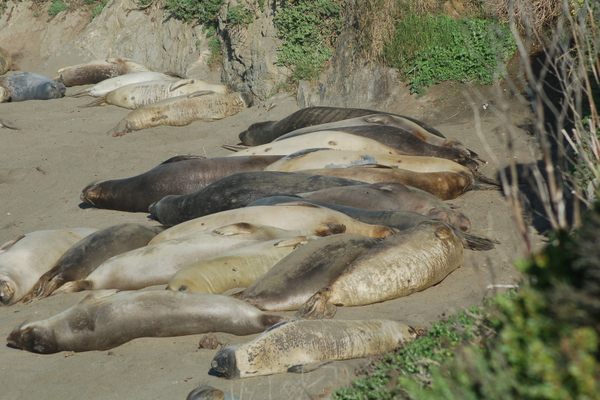
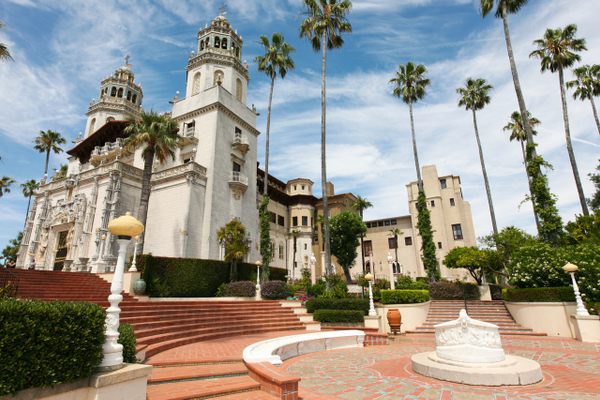
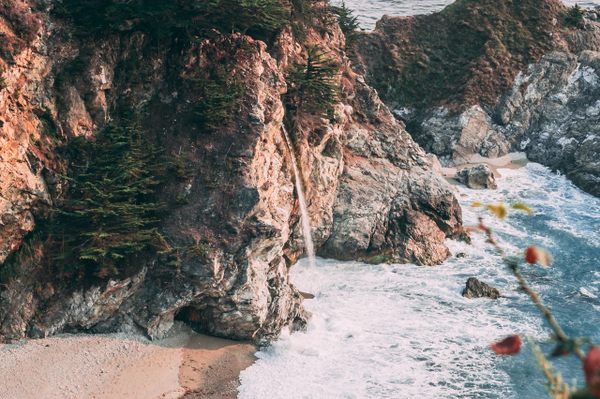

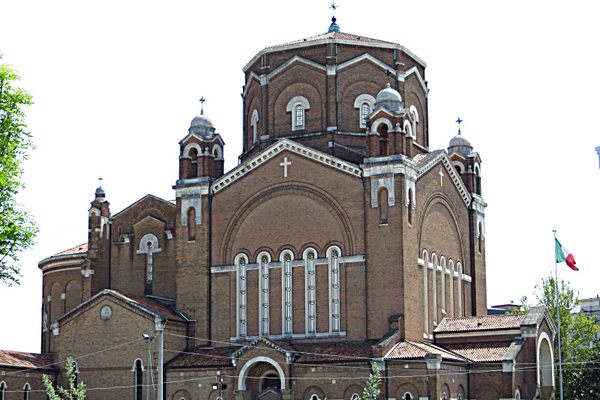
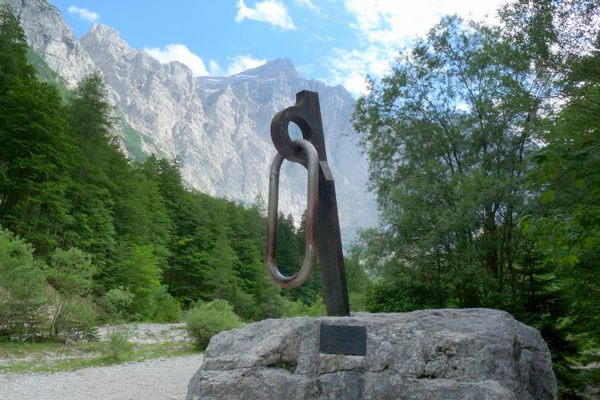
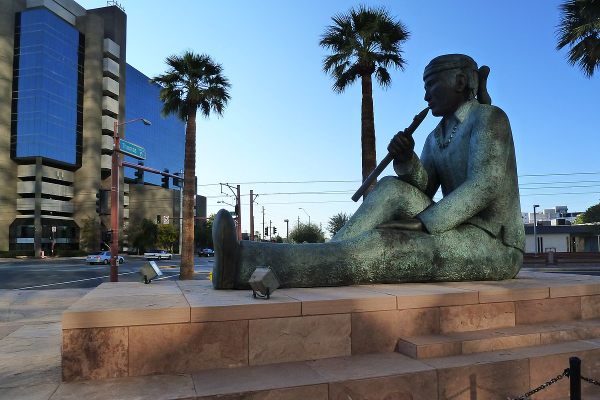

Follow us on Twitter to get the latest on the world's hidden wonders.
Like us on Facebook to get the latest on the world's hidden wonders.
Follow us on Twitter Like us on Facebook